10 Questions You Need to Ask Yourself Before Making the Switch from iOS to Android
So, you’ve decided to make the jump from iOS to Android. Welcome to the Android community! But before you dive in headfirst, there are a few things you should consider. Switching operating systems can be a bit overwhelming at first, but don’t worry—I’m here to help make the transition as smooth as possible.
Alright, let’s get started with your iOS to Android migration.
1. How do I transfer all my data to my new Android device?
Getting a new phone is always exciting, but transferring all your data can be a headache. Don’t worry, though—I’ve got you covered. I’ll walk you through the steps to easily transfer all your important files and information to your new Android device.
2. Can I use an eSIM on an Android phone?
If you’re accustomed to using an eSIM on your iPhone, you’ll be happy to know that you can still use it on your new Android phone. No need to switch back to a physical SIM card. I’ll show you how to set it up and get you up and running in no time.
3. What apps are available on Android?
One of the things you might be wondering about is which apps are available on Android. Don’t worry—Android has a vast selection of apps to choose from. I’ll help you navigate the Google Play Store and find all the apps you need to make your Android experience a great one.
4. Will I still have access to my favorite music and movies?
If you’re worried about losing access to your favorite tunes and movies, fear not. Android has plenty of options for streaming music and movies, so you won’t have to say goodbye to your entertainment library. I’ll show you how to access all your favorite content on your new Android device.
5. How can I customize my Android device?
One of the great things about Android is the ability to customize your device to fit your personal style. There are endless possibilities when it comes to themes, wallpapers, and widgets. I’ll help you make your Android device truly yours.
6. What about security?
Security is always a concern when it comes to our devices. I’ll show you how to keep your new Android phone safe and secure by setting up strong passcodes, enabling two-factor authentication, and installing the right security apps.
7. How can I make the most out of Android’s features and capabilities?
Android has a lot of powerful features and capabilities that you may not be aware of. From split-screen multitasking to Google Assistant, I’ll introduce you to all the hidden gems that will make your Android experience even better.
8. What’s the best way to organize and manage my apps?
With so many apps available on Android, it’s important to have a system for organizing and managing them. I’ll share some tips and tricks for keeping your apps organized and easily accessible.
9. How do I transfer my contacts and messages?
Your contacts and messages are some of the most important data on your phone. I’ll show you how to transfer them from your iPhone to your new Android device, so you won’t have to start from scratch.
10. How can I get help and support if I run into any issues?
Don’t worry—if you run into any issues during your transition to Android, help is always available. I’ll show you where to find support and resources to get you back on track.
With these questions in mind, you’re well-equipped to make the switch from iOS to Android. Welcome to the world of Android—it’s a whole new experience waiting for you!
However, as of now, there are only a select few Android phones that offer the eSIM feature – just like iOS devices. The Google Pixel 2, Google Pixel 3, and Samsung Galaxy Note 9 are among the few that support eSIM. If you’re using any other Android phone, you’ll need to get a physical SIM card, either micro or nano, depending on the type of slot on your phone.
Now, if you’re looking to transfer your data from iOS to Android, there are several methods you can use. But the simplest one is leveraging the power of Google Drive. Let me guide you through the easy steps to transfer your data smoothly and without any hassle:
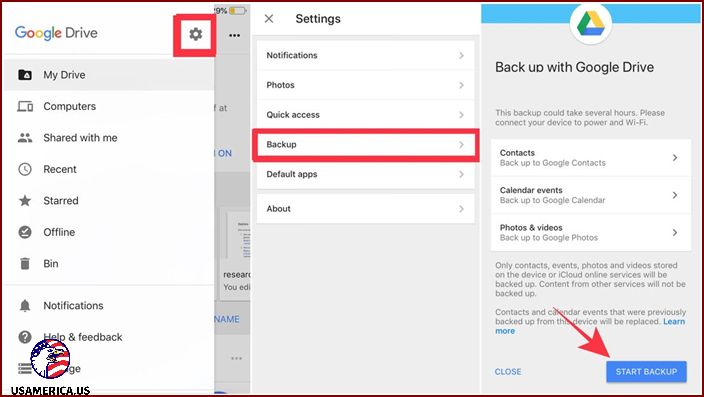
First, download Google Drive from the App Store on your iPad or iPhone. Once you have it installed, open the Drive app and look for the cog or gear icon in the menu. Click on it.
In the Settings menu, you’ll find an option called “Backup.” Go ahead and click on it to start the backup wizard. This wizard will guide you through the backup process.
When you’re in the backup settings, you’ll see a button that says “START BACKUP.” Click on it to begin backing up all your data. If you prefer, you can also choose specific items to back up instead of backing up everything.
Once the backup is complete, sign in to your Android device using the same Google account that you used to sign in to Google Drive on your iOS device.
Finally, you can restore the data on your Android device by importing the backup from Google Drive. This will bring all your backed-up data, such as photos, documents, and settings, to your new Android device.
A quick note: Before removing the SIM card from your iOS device, make sure to turn off iMessage. Otherwise, you won’t receive any text messages on your new Android phone.
Now, let me show you how to copy your contacts from your iOS device to your Android device.
First and foremost, I want to assure you that there are multiple ways to fix this problem. However, let’s go with the simplest option – using Google Drive.
To get started, just follow the steps mentioned earlier. But when you reach step number three, just click on “Contacts” instead of selecting “START BACKUP.”
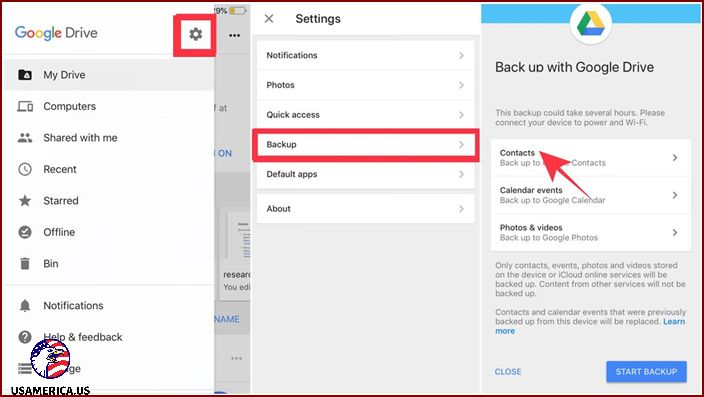
Contents
How to transfer your calendars from iOS to Android?
Here’s a simple way to solve the problem of moving your calendar data from an iPhone to an Android device.
Just follow these steps:
- First, go to the second section above and follow the steps listed there.
- But instead of clicking on “START BACKUP” in step #3, click on “Calendar events”.
That’s it! Your calendar data will now be transferred from your iOS device to your Android device.
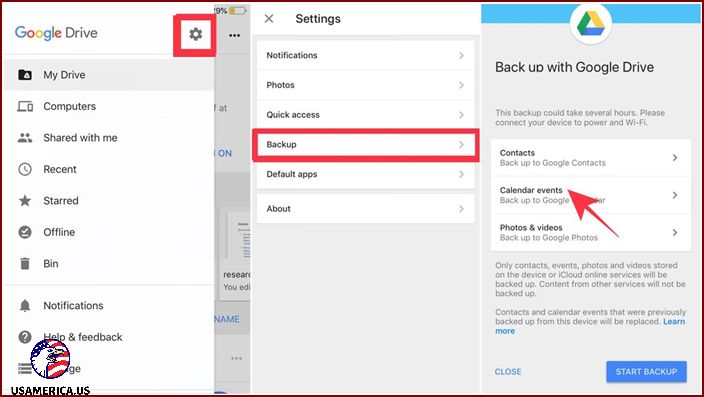
How can I move my photos and videos from iOS to Android?
Migrating your media, like photos and videos, from iOS to Android is a breeze when you use Google Photos. With Google Photos, you can easily upload as many photos as you want in high definition or their original size, depending on the available space in your Google Drive.
And the great thing is, the number of videos you can transfer depends on how much free space you have!
So, here’s what you need to do to use Google Photos:
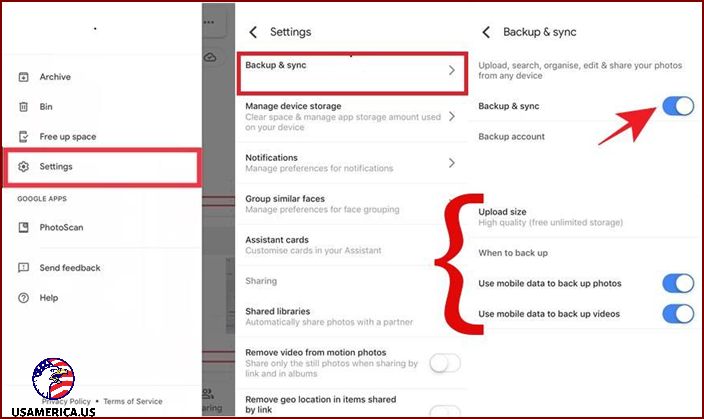
First things first, let’s get Google Photos set up on your iPhone so you can access all your precious memories on your Android device. Don’t worry, I’ll walk you through it!
1. Go to the App Store and download Google Photos. Once it’s installed, open the app.
2. Tap the menu icon in the top-left corner of the screen, and then select “Settings” followed by “Backup & sync”.
3. Turn on the “Backup & sync” option. You can also choose the upload size and customize when to back up your photos and videos.
4. Now, Google Photos will begin uploading your media to its servers. The time it takes will depend on how much media you have and your internet speed, so be patient!
5. Finally, on your Android device, head over to the Google Play Store and download Google Photos. Open the app, and you’ll find all your photos and videos from your iOS device waiting for you.
And there you have it! With Google Photos, you can seamlessly transfer your media from your iPhone to your Android device. Now you can relive those special moments no matter which device you’re using.
Now, let’s address another common question: Can you use iOS apps and services on your Android? Unfortunately, the answer is no. iOS apps and services are specifically designed for Apple devices and their operating system. However, there are often similar apps available on Android that can provide similar functionality. So while you may not be able to use the exact same apps, you can still find alternatives that can meet your needs. Happy exploring!
Unfortunately, you can’t use Apple apps and services on your Android device. The reason is that Apple only makes its apps and services available on their own platforms, unlike Google and Microsoft.
However, when you switch to Android, you have access to a wide range of apps from Google. Google has everything covered when it comes to essential apps and services. Plus, their apps and services can be used on most platforms and offer cloud sync functionality.
What’s more, I personally believe that there are better alternatives to Apple’s Siri, like Google Assistant. And on top of that, Google offers over 90 apps in total to enhance your Android experience.
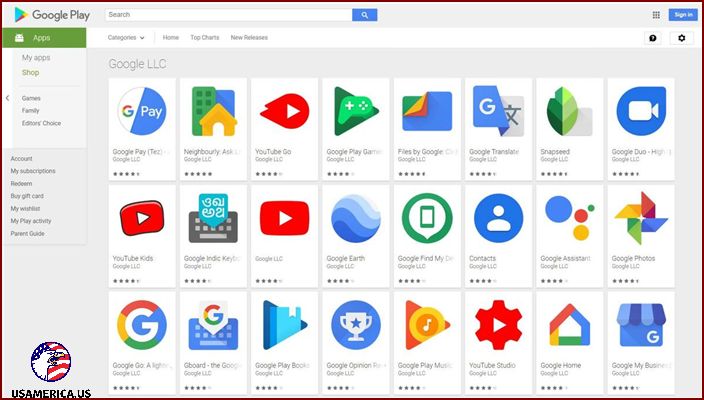
- Forget Safari, Google Chrome is the superior choice.
- Say goodbye to iCloud Drive, Google Drive is here to save the day.
- Tired of iBooks? Try out Google Docs for all your reading needs.
- If Apple Music isn’t cutting it, give Google Play Music a chance.
- And when it comes to iOS Photos app, Google Photos is the way to go.
Wondering if you can use iOS apps on your Android device?
Unfortunately, iOS and Android are completely different platforms. This means that apps developed for one system won’t work on the other.
So, if you’re looking to use your favorite apps on Android, you’ll need to download their Android versions from the Google Play Store. Luckily, all the popular apps for entertainment, socializing, and gaming have Android counterparts.
Just like on Android, you can also find popular apps such as Facebook, Snapchat, Spotify, Twitter, and VLC for Mobile on iOS.
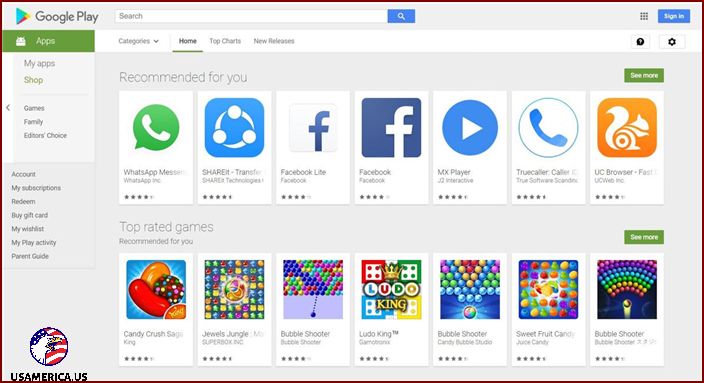
Hey there! I have some good news and some not-so-great news for you. Let’s start with the good news: there are plenty of awesome apps available on Android that you won’t find on the Play Store. So even though some apps are exclusive to iOS, you’ll still have a ton of great replacements to choose from.
But here comes the not-so-great news: if you’ve made any in-app purchases or subscriptions on iOS, you won’t be able to transfer them to Android. You’ll have to buy them all over again. Bummer, I know.
Now, let’s talk about transferring your WhatsApp messages to Android. Here’s the deal:
Unfortunately, it’s not possible to move your WhatsApp chats from your iPhone to your Android device. Why? Well, when you back up WhatsApp on your iPhone, your messages go to Apple iCloud. But guess what? The Android version of WhatsApp uses Google Drive to back up and restore messages. So, you can’t transfer them directly.
So here’s the deal: there are two versions of WhatsApp, one for iOS and one for Android. But here’s the catch: the two versions don’t play nice with each other when it comes to backing up your media and messages. That means you can’t transfer your messages from iOS to Android. Bummer, I know.
Now, let’s talk about monitoring your phone usage on Android. Good news! There’s an app called Digital Wellbeing that lets you keep track of your screen time. It came out with Android 9 Pie. With Digital Wellbeing, you can see exactly how much time you spend on your device, whether it’s for gaming, chatting with friends, or jamming out to music and videos. It gives you a visual breakdown of your usage, so you can stay on top of how you’re spending your time. Pretty cool, right?
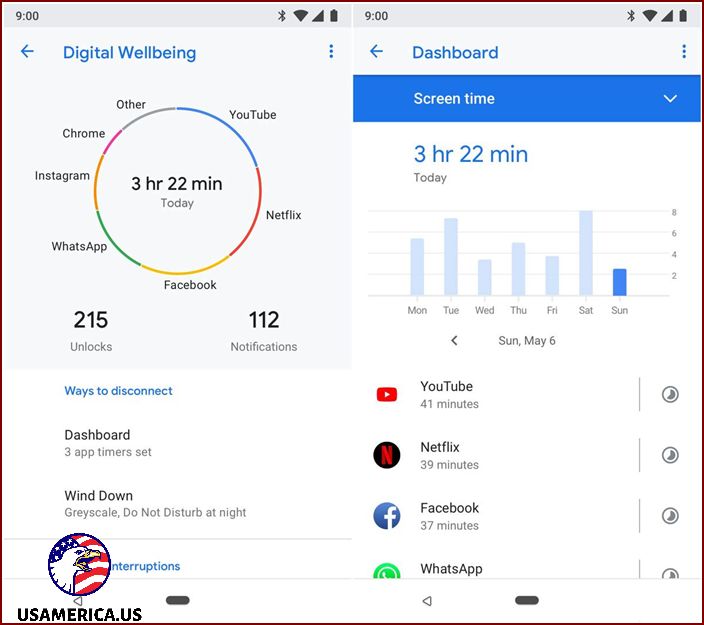
The feature that really catches my attention is Wind Down. It’s like a gentle lullaby for your phone that gradually dims the screen at night, reminding you to put it down and get a good night’s sleep. It’s especially helpful if you tend to get caught up in addictive games and social apps, like I do. With Wind Down, you have the power to set limits on how much time you spend on these apps each day, helping you strike a healthy balance between screen time and real life.
On a related note, here are 5 apps that can help you keep tabs on your mobile data usage. It’s always a smart move to stay aware of how much data you’re using so you can avoid going over your limit. Take a look and see which one suits you best.
